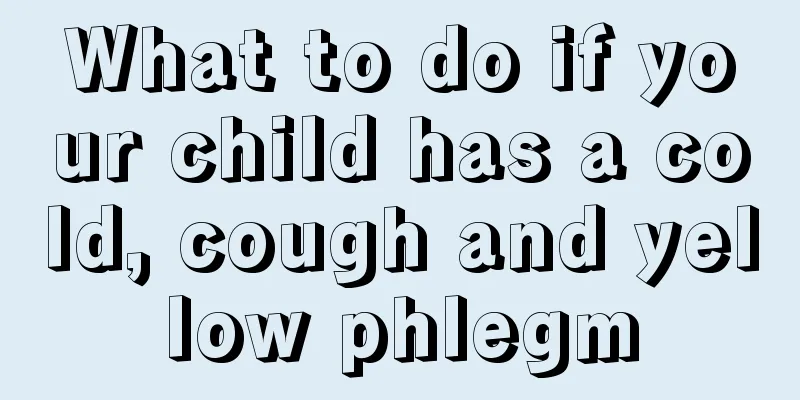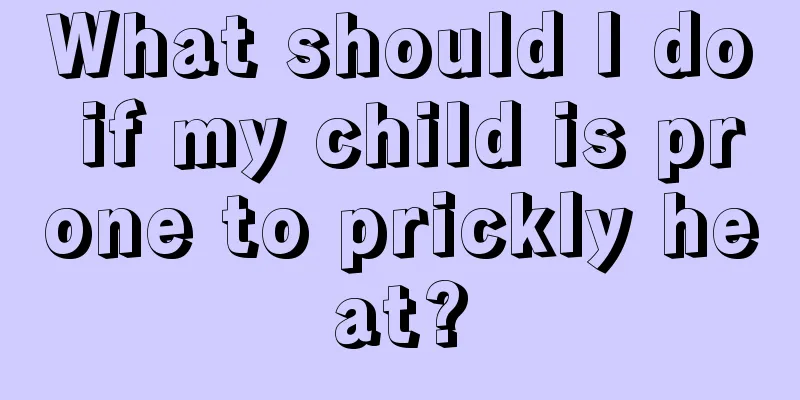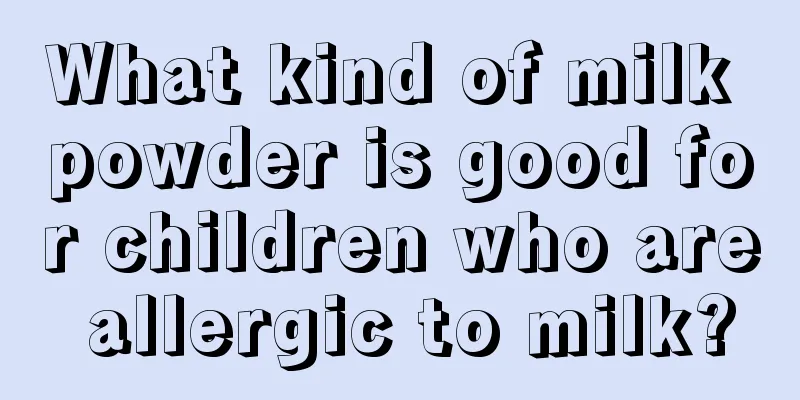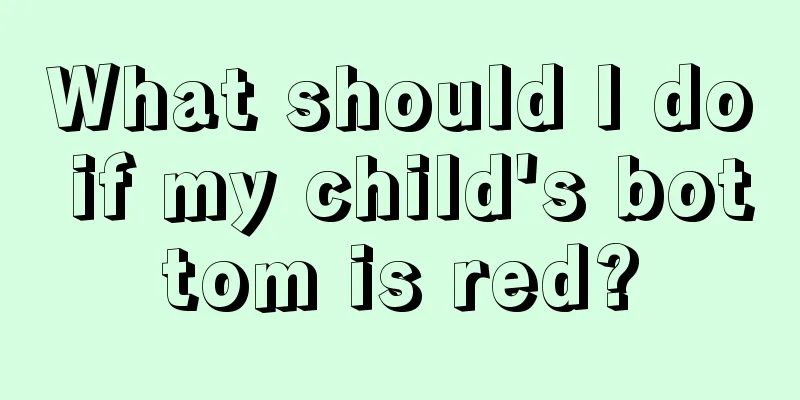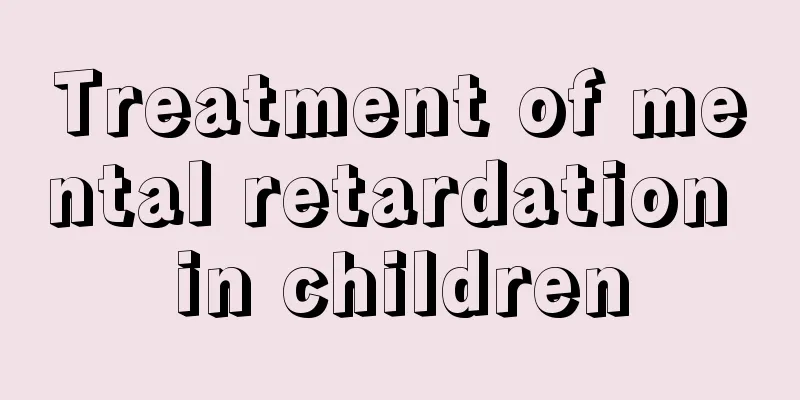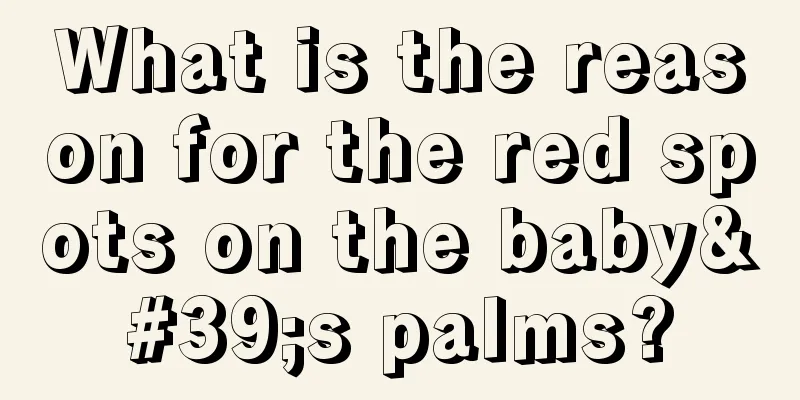What causes headaches in children?
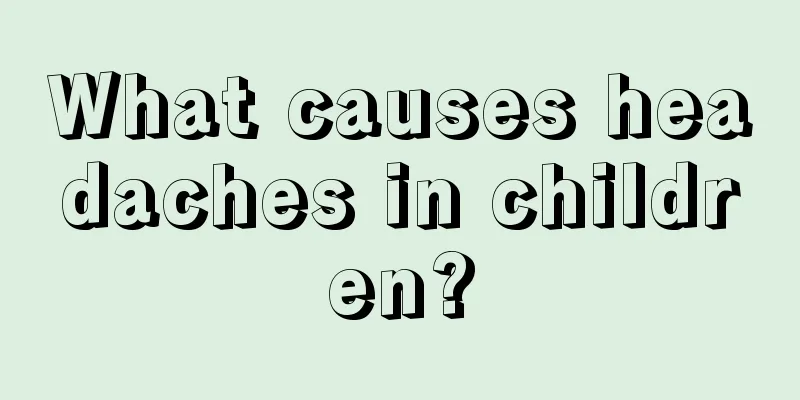
|
Headache on the top of the head is an important manifestation of migraine in children. Migraine has a great impact on children, because it not only affects their physical health, but also has a certain impact on their mental state. In order to avoid further expansion of these effects, parents need to take their children for treatment in time! Below, we will introduce to you in detail the treatment methods for migraine in children! 1. General treatment During the attack period, it is advisable to lie down and rest in a dimly lit room. Generally, if the child can fall asleep, the headache will relieve itself after waking up. 2. Medication Usually, analgesics and sedatives should be given early. Antipyretics and analgesics are used for mild to moderate headaches, and ergotamine preparations or triptans are used for moderate to severe headaches. Those with nausea and vomiting can be treated with metoclopramide (Metoclopramide) or chlorpromazine; those with vertigo or dizziness can be treated with diphenhydramine (Vertigo Stop) or scopolamine. (1) Antipyretic and analgesic drugs: commonly used are acetaminophen (paracetamol) 10-15 mg/(kg/time), aspirin 10-15 mg/kg each time, ibuprofen 5-10 mg/kg each time, naproxen 5-10 mg/kg each time, etc., which are effective when taken in the early stages of headache. (2) Ergotamine preparations: such as ergotamine, dihydroergotamine, etc., have a constrictive effect on extracranial arteries. The commonly used compound tablet is ergotamine caffeine (each tablet contains 1 mg of ergotamine and 100 mg of caffeine). School-age children should take one tablet each time, which is effective in terminating headache attacks. However, it must be taken as soon as the aura appears or the headache just occurs (early stage of the attack), otherwise it will be ineffective. (3) Triptans: such as sumatriptan, which is a selective 5-hydroxytryptamine receptor agonist with a highly selective effect of constricting the carotid artery. It is an effective but expensive drug for the treatment of acute migraine attacks. However, experience with its use in pediatric migraine is limited. 3. Other treatments Drug prevention for those who still have headache attacks Those who still have headache attacks can be given the following drug treatment as appropriate. (1) β-receptor blockers: Propranolol is commonly used, with a dose of 2 mg/kg per day, taken orally in 3 divided doses. To prevent the adverse reactions of hypotension and slow heart rate, start with a small dose (0.5-1 mg/kg per day) and slowly increase the dose until it can be tolerated. The course of treatment is generally 6 to 12 months. Once the condition is under control, the treatment should be stopped slowly to avoid symptom rebound. It is contraindicated for patients with a history of asthma. (2) Histamine receptor blockers: Cyproheptadine is commonly used, with a dose of 0.2 to 0.4 mg/kg per day and a course of treatment of 6 to 12 months or longer. (3) 5-HT receptor blockers: Pizotifen is commonly used, which also has histamine receptor antagonist effect. The dosage is 0.5-1 mg each time, 2-3 times/d. Not suitable for patients with glaucoma. |
<<: What is the soft spot on the baby's head?
>>: 3 year old baby's stool contains blood
Recommend
27-month-old baby development indicators
We all know that many babies are in unhealthy con...
Can babies eat Codonopsis?
Codonopsis is a kind of food with health care eff...
Four methods of early education for 2 and a half year old babies
With the improvement of my country's cultural...
Are there any side effects to babies taking Chinese medicine?
In real life, many people believe that Chinese me...
Is it normal for a child to have vision of 49? What is the normal vision of a 5-year-old child?
When children reach a certain age, parents will p...
Bone protrusion on the inner side of the knee in children
If the bones on the inside of a child's knee ...
Trachoma symptoms in children
Whether it is a middle school or an elementary sc...
Can stuttering be cured?
Many symptoms of stuttering are common in childre...
Why is my baby's stool green?
It is the common wish of many parents that their ...
What to do if a three-month-old child is anemic
A three-month-old baby is definitely very weak ph...
Can babies eat chicken if they have a cough?
Coughing is a common symptom among babies and it ...
What is the importance of breakfast for children?
Children are in a critical stage of growth and de...
What to do if the child's face is swollen
21. When children live in a group, frictions are ...
What are the recipes for 18-month-old babies?
An eighteen-month-old baby basically has the abil...
Does baby seborrheic dermatitis need treatment?
In our lives, babies are very delicate when they ...
